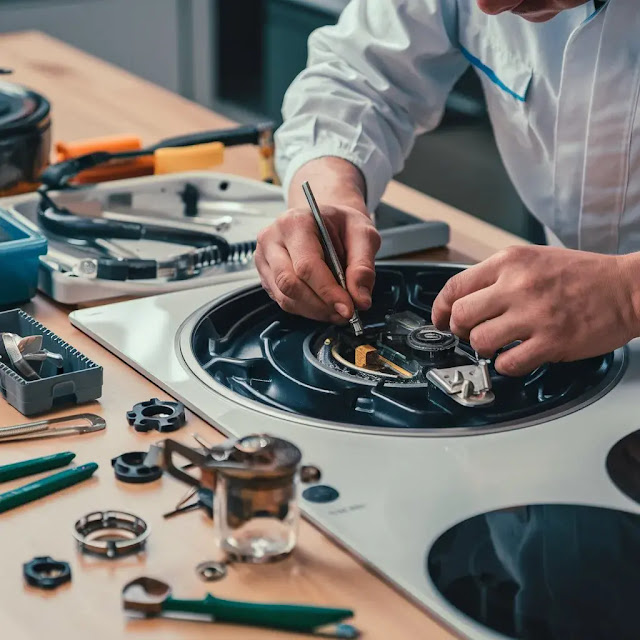When facing the frustrating situation where a cooktop fails to power on, it is crucial to systematically examine potential causes such as disruptions in the power supply, faulty control mechanisms, or compromised internal components. Begin by verifying the cooktop’s power connection and circuit breaker, as simple oversights can often be revealed here. Further steps include meticulously inspecting the control panel for error notifications and performing a reset procedure to rectify transient system errors. For persistent issues, a deeper investigation into the integrity of internal elements such as fuses and heating elements is necessary. This approach not only ensures a methodical resolution but also enhances understanding of the appliance’s operational framework, paving the way for more nuanced interventions in cooktop repair.
IDENTIFYING COMMON CULPRITS
When a cooktop fails to turn on, common causes typically include issues with the power supply, faulty controls, or defective internal components. Addressing these factors requires a systematic examination to ensure the cooktop’s optimal performance and safety within the kitchen environment.
Starting with power supply issues, one must verify the integrity of the circuit, ensuring that breakers are operational and not tripped. This includes checking for loose connections or damaged wires that could impede electrical flow. More technically, using a multimeter to test outlet voltage can confirm whether the correct current is available for the cooktop’s requirements.
Faulty controls often relate to wear and tear on knobs, switches, or touch panels. These components are critical for user interaction and must maintain responsiveness to input. Over time, repeated use can degrade these parts, interrupting the signal that commands the heating elements to activate.
Internal components like heating elements or ignition systems in gas cooktops are prone to failure too. Elements might burn out or corrode, while ignition systems could suffer from blocked ports or failed spark modules. Each of these issues not only prevents normal operation but also poses potential risks, reinforcing the need for timely and precise intervention.
PRACTICAL TROUBLESHOOTING STEPS
To effectively troubleshoot a non-responsive cooktop, begin by ensuring that the appliance is securely connected to a functioning power source. Verify that the circuit breaker hasn’t tripped and that any GFCI outlets have not been triggered. If everything appears in order, proceed to inspect the power cord and plug for any visible signs of damage or wear.
Next, assess the cooktop’s control panel. A faulty control panel can inhibit the cooktop’s ability to turn on. Check for any error codes displayed on the panel. Consult the user manual for specific meanings of these codes and follow the recommended corrective actions.
If the control panel is unresponsive, a reset might be necessary. Disconnect the cooktop from the power source for a few minutes before reconnecting it to potentially reset the system.
If the cooktop still does not operate, it’s advisable to examine the internal components such as the thermal fuse and the heating elements. Use a multimeter to test the continuity of these parts. A lack of continuity indicates a need for replacement.
In the intricate dance of culinary preparation, a non-responsive cooktop can halt the symphony of sizzling ingredients. Mastering the art of troubleshooting restores harmony.
By methodically diagnosing power supply inconsistencies, scrutinizing control mechanisms for wear, and evaluating the integrity of internal components, one ensures the reliability and readiness of their culinary platform.
Embrace these steps to transcend common obstacles, ensuring that every culinary endeavor reaches its full potential, unimpeded by technical disruptions, and benefits from effective cooktop repair.

Comments
Post a Comment